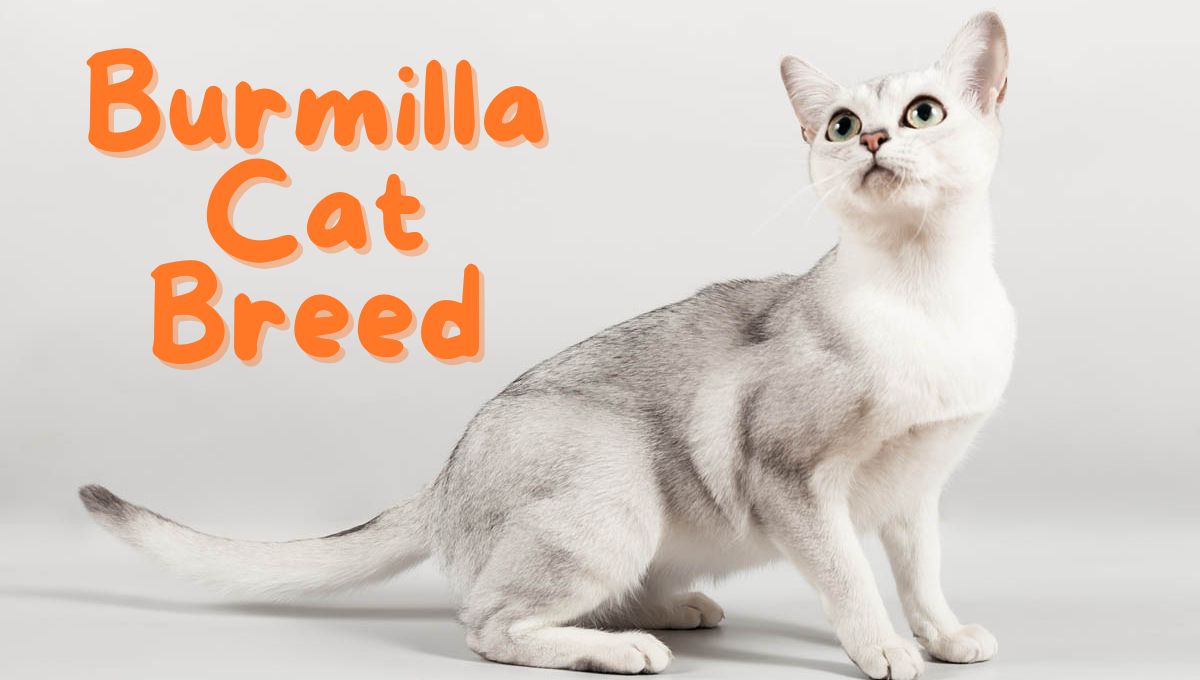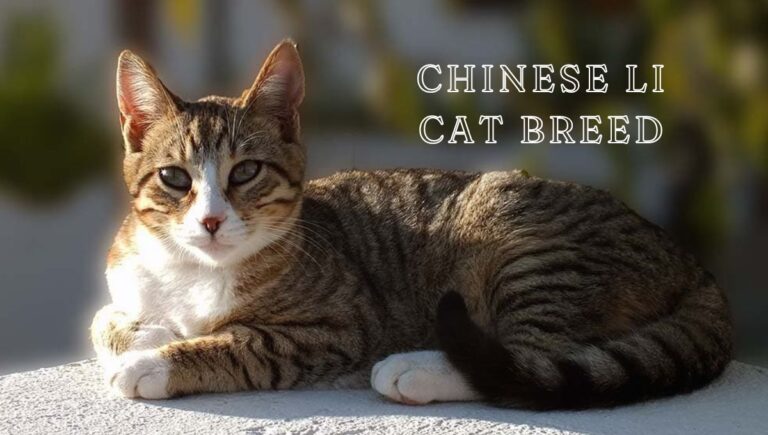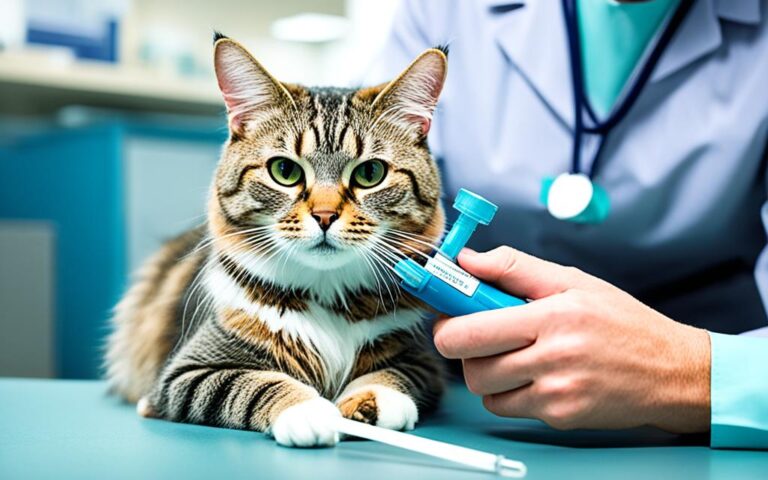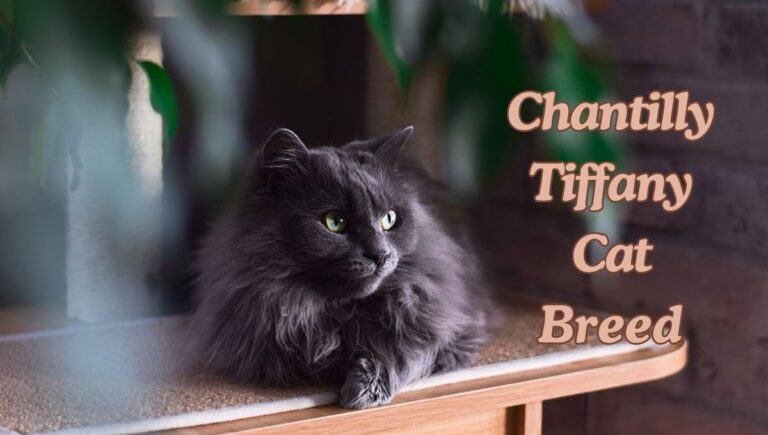Burmilla Cat Breed
The Burmilla cat breed is a charming and distinctive feline known for its elegant appearance and affectionate nature. Originating in the United Kingdom in the 1980s, the Burmilla is a crossbreed between the Burmese and Chinchilla Persian breeds. Its name, “Burmilla,” reflects its heritage, combining “Burm” from Burmese and “illa” from Chinchilla, signifying its mixed lineage.
What sets the Burmilla apart are its striking green eyes and a plush semi-longhaired coat that comes in a variety of colors, including silver, black, blue, and chocolate. This breed boasts a unique shimmering effect on its fur, reminiscent of its Persian ancestry, adding to its allure. With a moderate build and graceful demeanor, the Burmilla exudes a regal charm that captivates cat enthusiasts worldwide.
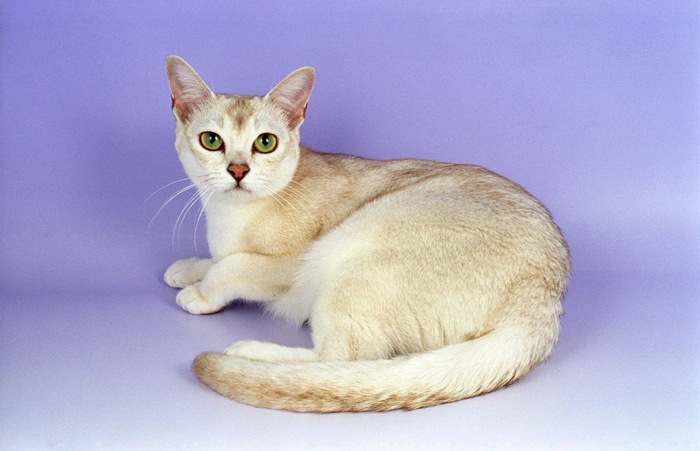
Beyond its physical attributes, the Burmilla is renowned for its affectionate and sociable temperament. It thrives on human companionship and enjoys being part of the family, often forming strong bonds with its owners. Intelligent and playful, this breed is known for its curious nature and enjoys interactive play and exploration. Additionally, the Burmilla is typically adaptable to various environments, making it well-suited for both urban apartments and spacious homes.
In summary, the Burmilla cat breed is a delightful combination of elegance, charm, and affection. Its distinctive appearance and loving personality make it a beloved companion for cat lovers seeking a devoted and engaging feline companion.
Table of Contents
I. Origin and History of Burmilla Cat Breed :
Discuss the Breed’s Origins and Historical Significance :
- The Burmilla cat breed originated in the United Kingdom in the 1980s.
- Its development began with a chance mating between a lilac Burmese female named Bambino Lilac Faberge and a silver Chinchilla Persian male named Sanquist, owned by Miranda Briston and Baroness Miranda von Kirchberg.
- The resulting kittens had striking silver-tipped fur, leading breeders to recognize the potential for a new breed.
Breeds Involved in Formation :
- Burmese: Known for its affectionate and sociable nature.
- Chinchilla Persian: Renowned for its elegant appearance and shimmering coat.
- The combination of these two breeds aimed to produce a cat with the best qualities of both parent breeds.
Geographical Region of Origin :
- The Burmilla breed originated in the United Kingdom, where its development took place under the guidance of dedicated breeders.
- It gained recognition and popularity in the UK before spreading to other regions through international cat associations.
Influence on Modern Characteristics :
- Burmese ancestry contributes to the breed’s affectionate and sociable temperament.
- Chinchilla Persian heritage imparts the breed’s elegant appearance and shimmering coat.
- These characteristics, influenced by the breed’s origin, make Burmilla cats prized for their loving nature and distinctive physical attributes.
Folklore and Legends :
- While there are no specific folklore or legends surrounding the development of the Burmilla breed, its creation exemplifies the serendipitous nature of genetics and the dedication of breeders to establish a unique and beloved cat breed.
II. Physical Characteristic of Burmilla Cats :
| Height | Medium-sized cat breed, typically ranging from 8 to 10 inches (20 to 25 cm) at the shoulder. |
| Weight | Burmilla cats usually weigh between 6 to 12 pounds (2.7 to 5.4 kg), with females generally being smaller than males. |
| Life Span | The average lifespan of Burmilla cats is around 12 to 15 years, although some may live longer with proper care. |
| Good With | Burmilla cats are known for their affectionate and sociable nature, making them excellent companions for families, including children and other pets. |
| Temperament | Burmilla cats are typically friendly, outgoing, and affectionate. They enjoy human companionship and are known for forming strong bonds with their owners. |
| Intelligence | Burmilla cats are intelligent and curious, often enjoying interactive play and puzzle toys to keep their minds stimulated. |
| Shedding Amount | Burmilla cats have a semi-longhaired coat that sheds moderately. Regular grooming can help minimize shedding and keep their coat healthy. |
| Grooming | While Burmilla cats have a semi-longhaired coat, they require relatively minimal grooming compared to some other longhaired breeds. Regular brushing helps remove loose hair and prevent matting. |
| Exercise Needs | Burmilla cats have moderate exercise needs and enjoy play sessions and interactive toys to keep them mentally and physically stimulated. |
| Energy Level | Burmilla cats have a moderate energy level, enjoying both active playtime and relaxed lounging around the house. |
| Meowing Level | Burmilla cats are not known for being excessively vocal. They may communicate with soft meows or chirps but generally do not meow excessively. |
| Drool amount | Burmilla cats are not known for excessive drooling. |
| Coat Length/Texture | Burmilla cats have a semi-longhaired coat with a soft and plush texture. The fur is finer and shorter than that of a Persian, with a shimmering silver-tipped effect. |
| Colors | Burmilla cats come in a variety of colors, including silver, black, blue, chocolate, and lilac. Silver is the most well-known and recognized color in the breed. |
| Patterns | Burmilla cats may exhibit tabby, tortoiseshell, or solid color patterns, often with a silver-tipped effect that gives their coat a luxurious shimmer. |
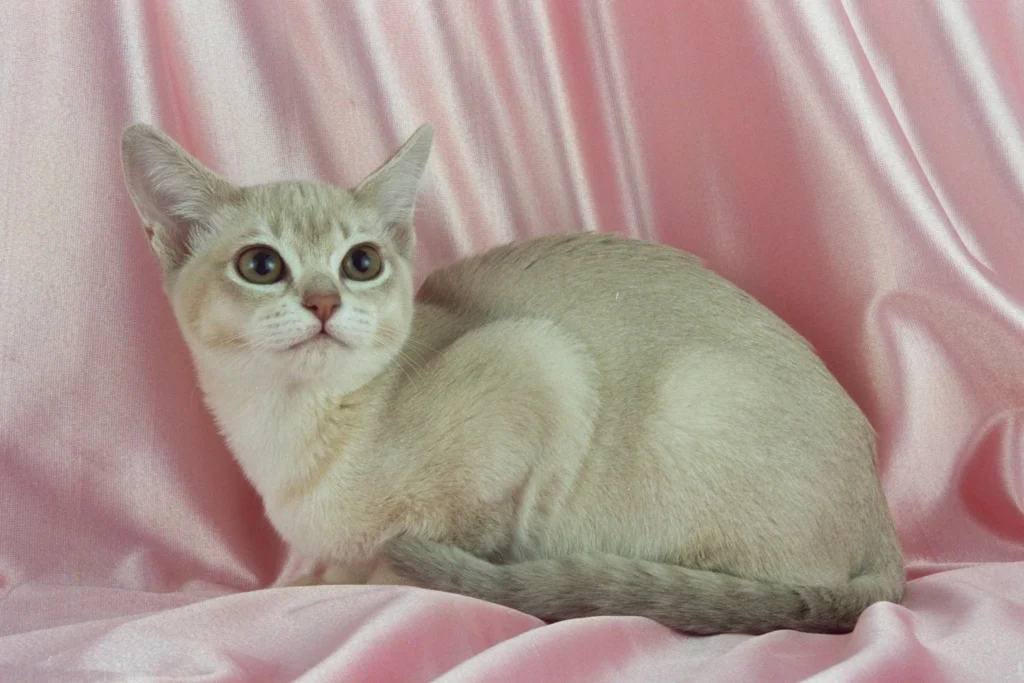
Detailed Physical Characteristic of the Burmilla Cat Breed :
Size :
Burmilla cats are medium-sized, with males typically being larger and heavier than females.
- Male Weight: Males generally weigh between 8 to 12 pounds (3.6 to 5.4 kg).
- Female Weight: Females usually weigh between 6 to 10 pounds (2.7 to 4.5 kg).
Coat Type :
Burmilla cats have a semi-longhaired coat that is soft and plush to the touch.
Color Variations :
Burmilla cats come in a variety of colors, with silver being the most well-known and recognized color in the breed. Other common colors include black, blue, chocolate, and lilac. The coat may have a shimmering silver-tipped effect, giving it a luxurious appearance.
Coat Texture and Length :
The coat of a Burmilla cat is finer and shorter than that of a Persian. It has a soft and silky texture that feels pleasant to the touch. The length of the coat is considered semi-longhaired, falling somewhere between the short coat of a Burmese and the long coat of a Persian.
Distinctive Features :
- Ear Shape: Burmilla cats typically have medium-sized, rounded ears that sit atop their heads, adding to their sweet and expressive facial appearance.
- Tail Characteristics: The tail of a Burmilla cat is proportionate to its body size, neither too long nor too short. It is often described as plume-like and is covered in the same soft, semi-longhaired fur as the rest of the body.
Unique Physical Traits :
One of the most distinctive features of the Burmilla breed is the silver-tipped effect on their fur, which gives them a shimmering and luxurious appearance. This unique coat trait sets them apart from other cat breeds and contributes to their elegant and regal demeanor.
Overall, the combination of their semi-longhaired coat, striking silver-tipped fur, and sweet facial features, including rounded ears and expressive eyes, makes Burmilla cats instantly recognizable and highly sought after by cat enthusiasts.
III. Temperament and Personality of Burmilla Cats :
Typical Temperament and Personality Traits :
- Friendly: Burmilla cats are known for their friendly and outgoing nature. They often enjoy interacting with their human family members and are generally sociable cats.
- Affectionate: This breed is highly affectionate and forms strong bonds with their owners. They may enjoy cuddling and snuggling with their loved ones.
- Playful: Burmilla cats are playful and curious by nature. They enjoy interactive play sessions and may entertain themselves with toys or by exploring their environment.
- Intelligent: Burmilla cats are intelligent and can quickly learn new tricks or games. They may enjoy puzzle toys or other mentally stimulating activities.
- Adaptable: Burmilla cats are typically adaptable to different environments and lifestyles. They can adjust well to changes in their surroundings and may get along with other pets.
Common Behavioral Traits :
- Social: Burmilla cats thrive on human companionship and may become stressed or anxious if left alone for long periods. They often enjoy being part of the family activities.
- Talkative: While not excessively vocal, Burmilla cats may communicate with soft meows or chirps to express their needs or desires.
- Playfulness: Their playful nature means they may engage in activities like chasing toys or exploring their surroundings.
- Curiosity: Burmilla cats are curious by nature and may enjoy investigating new objects or areas in the home.
- Attention-Seeking: Due to their affectionate nature, Burmilla cats may seek attention from their owners through cuddling, purring, or rubbing against them.
Managing and Addressing Breed Specific Behavioral Issues :
- Provide Mental Stimulation: Keep your Burmilla cat mentally stimulated with interactive toys, puzzle feeders, or regular play sessions to prevent boredom.
- Social Interaction: Spend quality time with your Burmilla cat to fulfill their need for social interaction. Engage in interactive play and offer affectionate attention.
- Environmental Enrichment: Create a stimulating environment for your Burmilla cat by providing climbing structures, scratching posts, and cozy hiding spots.
- Addressing Attention-Seeking Behavior: If your Burmilla cat exhibits excessive attention-seeking behavior, such as vocalizing or demanding constant affection, establish a consistent routine for interaction and gradually reinforce independence through positive reinforcement training.
By understanding and accommodating the typical temperament and behavioral traits of the Burmilla breed, you can foster a harmonious relationship with your cat and ensure their overall well-being.
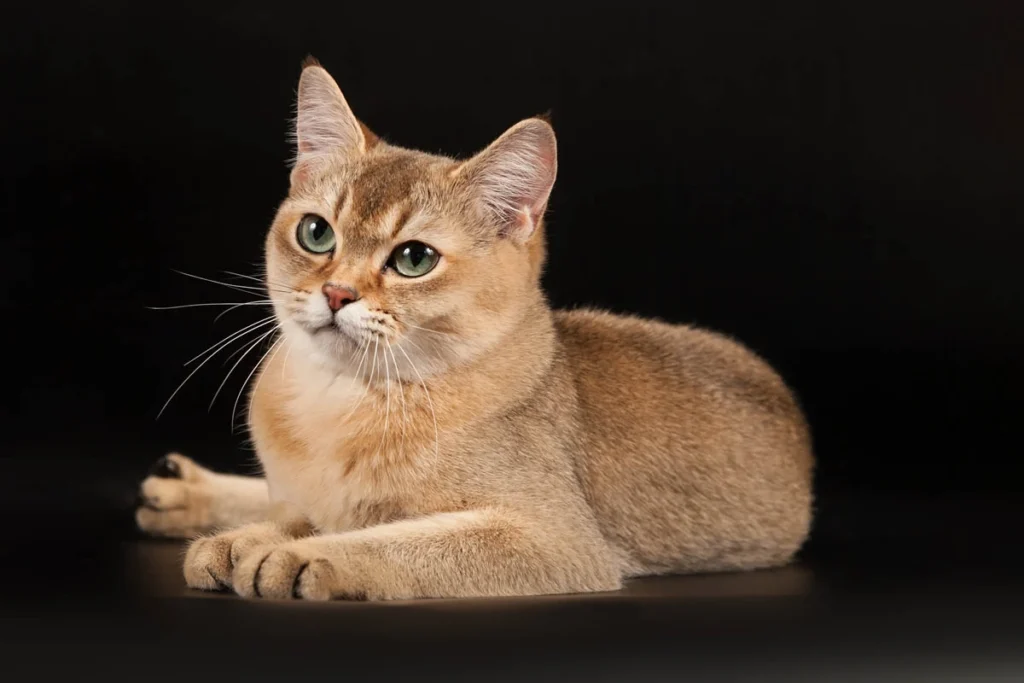
IV. Care and Maintenance of Burmilla Cat Breed :
Grooming Needs :
Coat Care and Hygiene:
- Burmilla cats have a semi-longhaired coat that requires regular grooming to keep it healthy and free from mats or tangles.
- Brushing Frequency: Aim to brush your Burmilla cat’s coat at least two to three times per week to remove loose hair and prevent matting.
- Grooming Tools: Use a soft-bristled brush or a grooming glove to gently remove loose hair and debris from the coat. Additionally, a wide-toothed comb can help detangle any knots.
- Hygiene: Pay attention to your cat’s ears, eyes, and nails. Clean their ears regularly to prevent wax buildup, trim their nails as needed to prevent overgrowth, and check their eyes for any signs of irritation or discharge.
Recommended Accessories and Care Products:
- Slicker brush or grooming glove for regular brushing sessions.
- Wide-toothed comb for detangling.
- Ear cleaner and cotton balls for ear hygiene.
- Nail clippers or a nail grinder for nail maintenance.
Health Consideration :
Common Health Problems:
- Burmilla cats are generally healthy, but they may be prone to certain genetic issues, including hypertrophic cardiomyopathy (a heart condition) and polycystic kidney disease.
- Recommended Veterinary Care: Schedule regular veterinary check-ups to monitor your cat’s overall health and address any potential health issues early on.
- Preventive Measures: Ensure your Burmilla cat receives regular vaccinations, flea and tick prevention, and dental care to maintain their overall well-being.
Average Lifespan and Tips for a Healthy Life:
- The average lifespan of a Burmilla cat is around 12 to 15 years, but with proper care, they can live longer.
- Tips for Promoting a Longer and Healthier Life: Provide a balanced diet, regular exercise, mental stimulation, and plenty of love and attention. Monitor your cat’s health closely and seek veterinary care promptly if you notice any changes in behavior or health.
Nutrition :
- Provide a high-quality commercial cat food that is appropriate for your Burmilla cat’s age, size, and activity level.
- Look for cat foods that list meat as the primary ingredient and avoid fillers or artificial additives.
- Feeding Schedule and Portion Control: Offer small, frequent meals throughout the day to prevent overeating and obesity. Follow the feeding guidelines provided by the cat food manufacturer and adjust portions as needed based on your cat’s individual needs.
Exercise :
- Burmilla cats are active and playful by nature, so provide plenty of opportunities for exercise and play.
- Types of Exercise: Engage your Burmilla cat in interactive play sessions with toys such as feather wands or laser pointers. Consider providing climbing structures or scratching posts for physical activity.
- Duration and Frequency: Aim for at least 20 to 30 minutes of active playtime each day to keep your Burmilla cat mentally and physically stimulated.
- Breed-Specific Needs: Burmilla cats may enjoy agility training or puzzle toys that challenge their intelligence and agility. Incorporate a variety of activities to keep them engaged and entertained.
V. Suitability of Burmilla Cats :
Compatibility with Children and Other Animals :
Interactions with Kids:
- Burmilla cats are generally friendly and sociable, making them well-suited for families with children.
- They often enjoy interacting with children and may tolerate gentle handling and playtime.
- However, it’s essential to teach children to respect the cat’s boundaries and handle them gently to prevent any accidental injuries.
Tolerance for Other Pets:
- Burmilla cats typically get along well with other pets, including dogs and other cats.
- Their friendly and adaptable nature makes them good companions for multi-pet households.
- Proper introductions and gradual acclimation can help ensure positive relationships between Burmilla cats and other animals in the home.
Special Considerations for Multi-Pet Households :
- When introducing a Burmilla cat to existing pets, it’s essential to do so gradually and in a controlled manner.
- Start by allowing the pets to scent each other’s belongings and gradually introduce them in neutral territory.
- Supervise their interactions closely and be patient as they adjust to each other’s presence.
- Provide separate spaces and resources for each pet to prevent competition and reduce stress.
Environmental Needs :
Space and Environment:
- Burmilla cats are adaptable to various living environments, including apartments and larger homes.
- While they don’t require excessive space, providing vertical climbing structures and cozy hiding spots can enrich their environment and encourage natural behaviors.
- Ensure your home is safe and cat-friendly, with no hazards such as toxic plants or small objects that could be swallowed.
Temperature and Comfort:
- Burmilla cats do not have specific temperature requirements but may prefer warmer environments due to their short coat.
- Provide warm spots for them to rest, especially during cooler weather, and ensure they have access to cozy bedding or heated areas if needed.
By considering the compatibility of Burmilla cats with children and other pets, providing appropriate introductions and environmental enrichment, you can create a harmonious living environment for your Burmilla cat and ensure they thrive in your home.
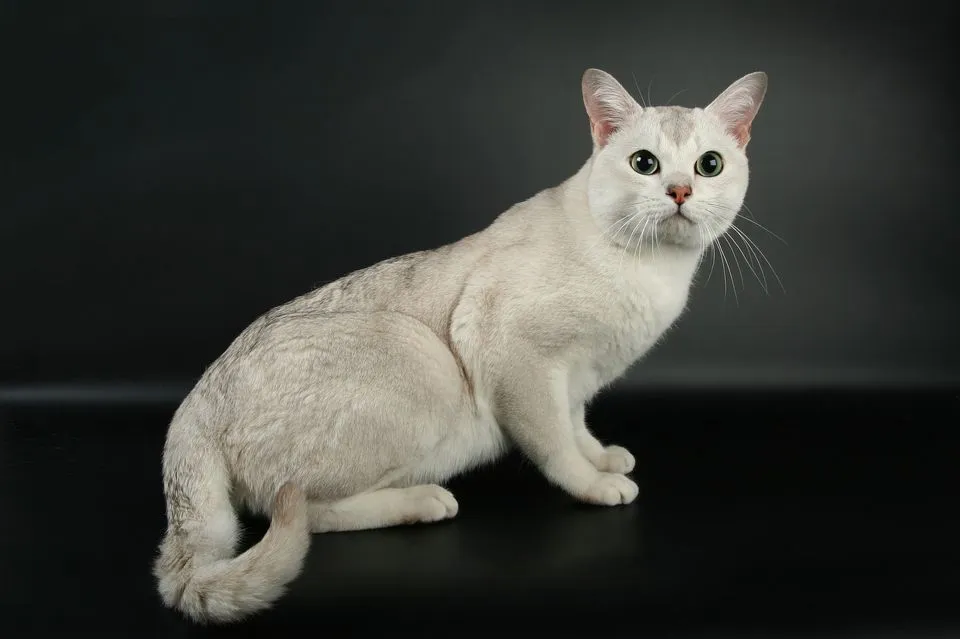
VI. Adoption and Breeder Consideration of Burmilla Cat Breed :
Adoption from Shelters or Rescue Organizations :
- Adopting a Burmilla cat from a shelter or rescue organization provides a loving home to a cat in need.
- Shelter cats often come spayed/neutered, vaccinated, and microchipped, saving you time and money on initial veterinary care.
- By adopting, you’re giving a second chance to a deserving cat and supporting the important work of animal rescue organizations.
Guidance on Selecting a Reputable Breeder :
Importance of Ethical Breeding Practices:
- When purchasing a purebred Burmilla cat from a breeder, it’s crucial to choose a reputable breeder who prioritizes the health and well-being of their cats.
- Look for breeders who adhere to ethical breeding practices, including proper socialization, genetic testing, and responsible breeding to minimize the risk of hereditary health issues.
Health Screenings:
- Ensure the breeder conducts health screenings for common genetic conditions, such as hypertrophic cardiomyopathy (HCM) and polycystic kidney disease (PKD), which may affect the Burmilla breed.
- Request documentation of health clearances for the kitten’s parents to ensure they are free from genetic health concerns.
Cost Consideration and Potential Adoption Fees :
Adoption Fees:
- Adoption fees for Burmilla cats from shelters or rescue organizations typically range from $50 to $200, depending on the organization and included services.
- These fees often cover spaying/neutering, vaccinations, microchipping, and other initial veterinary care.
Breeder Costs:
- Purchasing a purebred Burmilla kitten from a reputable breeder may cost anywhere from $500 to $2000 or more, depending on factors such as pedigree, lineage, and breeder reputation.
- Additionally, there may be additional expenses for transportation, registration papers, and initial veterinary care.
Financial Aspects:
- Consider the long-term financial commitment of owning a Burmilla cat, including ongoing expenses such as food, litter, grooming supplies, veterinary care, and potential emergencies.
- Ensure you’re prepared to provide the necessary resources to care for your cat throughout their life, including budgeting for regular veterinary check-ups and unforeseen medical expenses.
By carefully considering adoption from shelters or reputable breeders, you can provide a loving home to a Burmilla cat while ensuring their health and well-being are prioritized. Whether adopting or purchasing, be prepared for the financial responsibilities of cat ownership and provide a lifetime of love and care to your furry companion.
VII. Conclusion
The Burmilla cat breed is a captivating and affectionate companion known for its elegant appearance and friendly disposition. With its semi-longhaired coat, shimmering silver-tipped fur, and striking green eyes, the Burmilla exudes charm and sophistication. Its sociable nature and playful demeanor make it an ideal pet for families and multi-pet households alike.
Responsible ownership and proper care are essential for ensuring the health and happiness of a Burmilla cat. From providing nutritious food and regular veterinary care to offering mental stimulation and affectionate attention, every aspect of their care contributes to their well-being. Prospective owners should carefully consider the financial and time commitments of cat ownership and be prepared to provide a lifetime of love and care to their furry companion.
In conclusion, the Burmilla cat breed offers a unique blend of elegance, affection, and playfulness. By adopting from shelters or selecting a reputable breeder, owners can welcome a Burmilla cat into their home and experience the joy of companionship with this delightful feline. Responsible ownership and proper care are the keys to a fulfilling relationship with a Burmilla cat, enriching both their lives and ours.
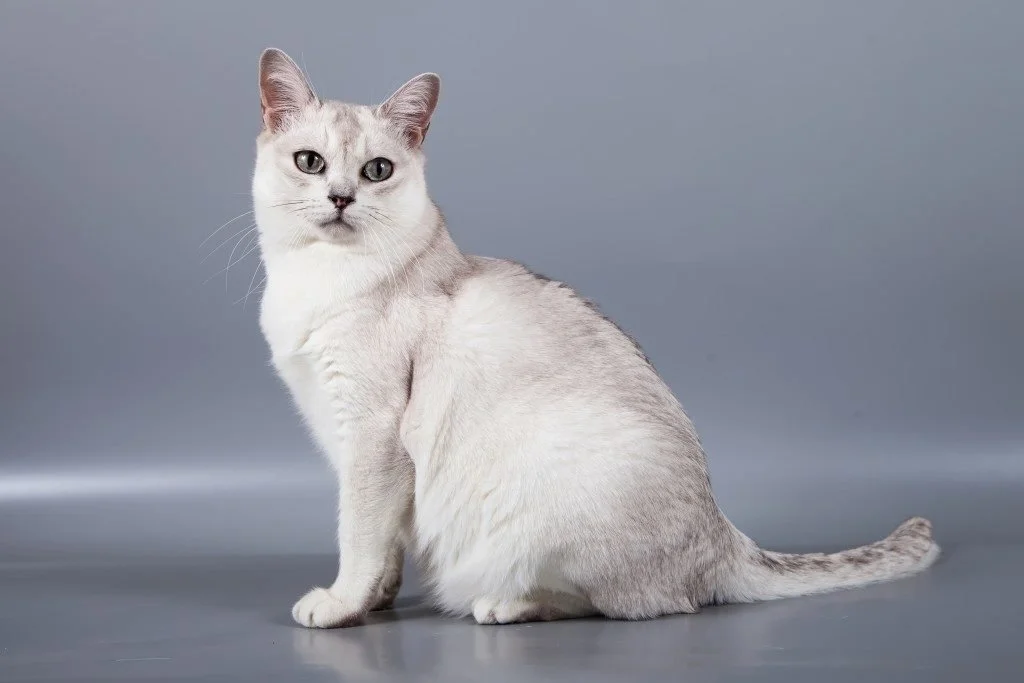
FAQ about Burmilla Cat Breed :
What is the origin of the Burmilla breed?
The Burmilla breed originated in the United Kingdom in the 1980s as a result of a chance mating between a Burmese and a Chinchilla Persian cat.
Are Burmilla cats good with children and other pets?
Yes, Burmilla cats are generally friendly and get along well with children and other pets, making them suitable for families and multi-pet households.
How long do Burmilla cats live?
The average lifespan of a Burmilla cat is around 12 to 15 years, but with proper care, they can live even longer.
Are Burmilla cats prone to any health issues?
While generally healthy, Burmilla cats may be prone to genetic conditions such as hypertrophic cardiomyopathy (HCM) and polycystic kidney disease (PKD). Responsible breeding practices and regular veterinary care can help mitigate these risks.

